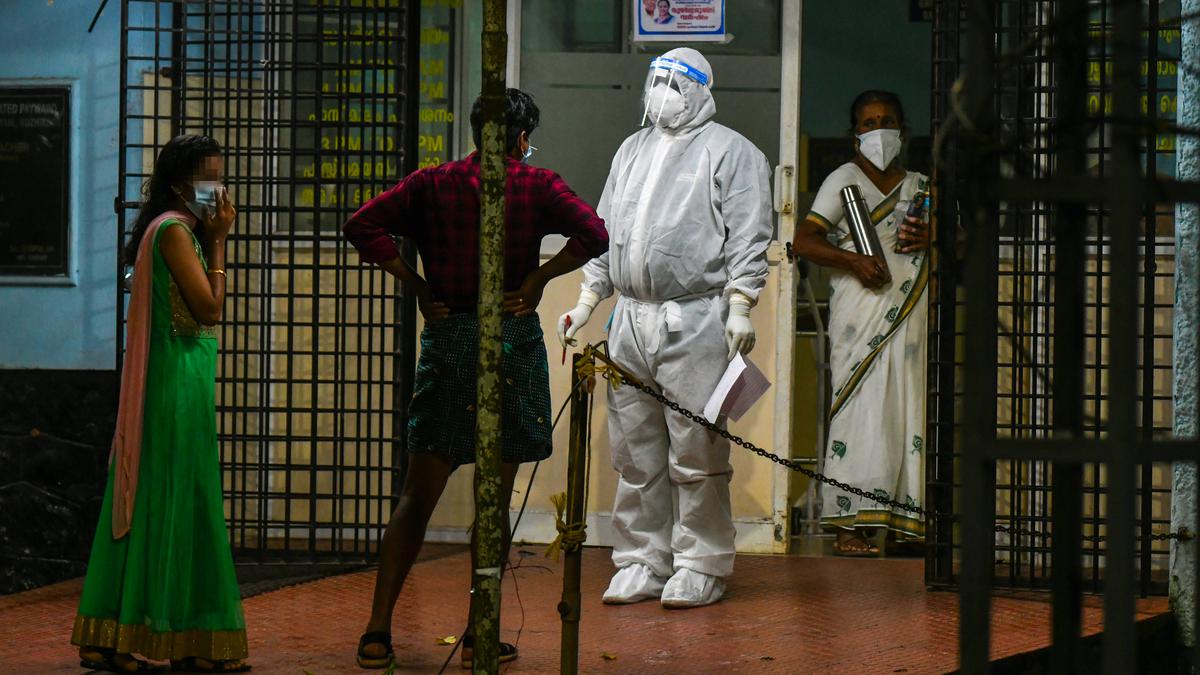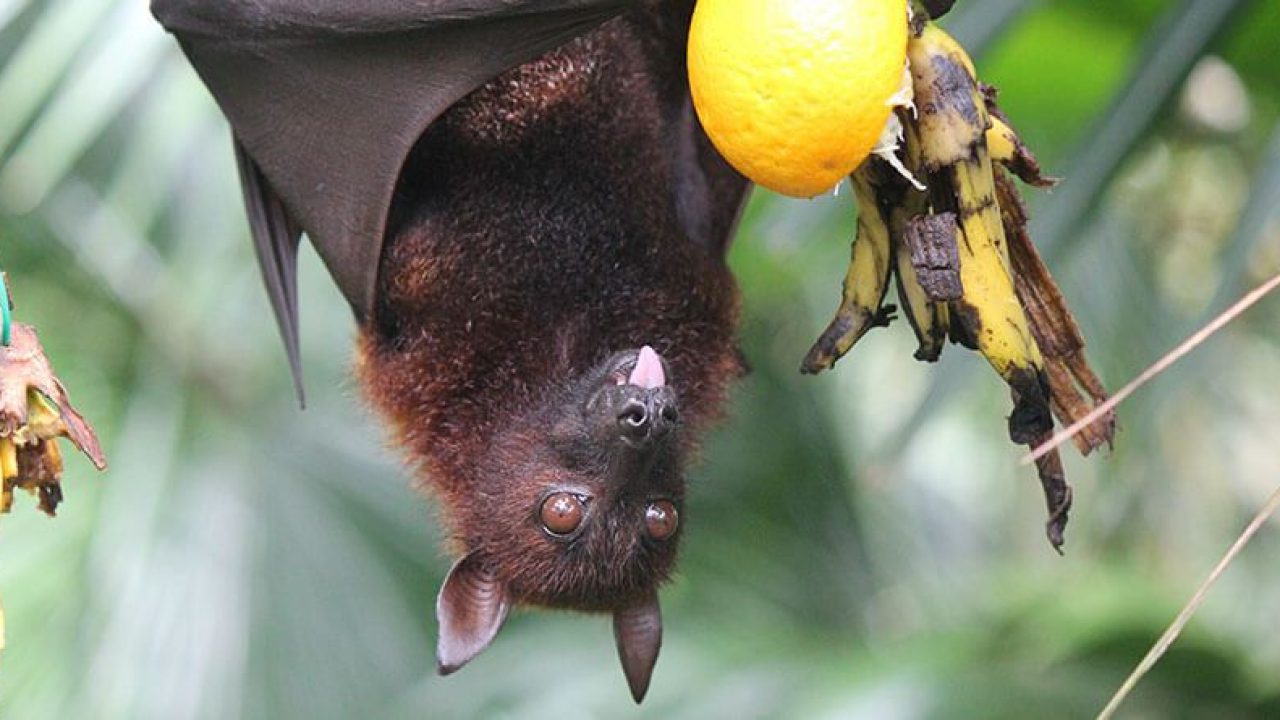Why Nipah Virus Outbreak Is A Repeating Activity In Kerala?
Since May 2018, when Kerala announced the first Nipah outbreak in Kozhikode district, there have been three more Nipah outbreaks, the most recent in late August 2023. Three of the four Nipah outbreaks in Kerala occurred in 2018, 2021, and this year in the Kozhikode district for unknown causes; the 2019 outbreak emerged in Ernakulam district. The repetition of Nipah infection in Kerala, notably in Kozhikode in north Kerala, has highlighted the need for further research to uncover specific causes.

Imagine you are walking on the splendid roads of God’s own country, and suddenly, you see those PPE-wearing people. Isn’t it horrifying to see again those pandemic scene times when doctors and people at risk wore protective gear designed to safeguard their health by minimising exposure to a biological agent? Will the same trigger in your conscious whether we are sitting on the blanket of another pandemic?
Yes, that may be the feeling of Kerala people nowadays, especially those near Kozhikode, as it witnessed 4th outbreak of the Nipah virus. This zoonotic disease has a mortality rate higher than Covid! According to WHO, Nipah virus can cause symptoms ranging from common respiratory complications to deadly encephalitis. The virus, which may be transmitted from bats or pigs to human beings, offers no space for complacency.



But why Kerala, specifically Kozhikode is, witnessing recurring outbreaks of the Nipah virus?
Since May 2018, when Kerala announced the first Nipah outbreak in Kozhikode district, there have been three more Nipah outbreaks, the most recent in late August 2023. Three of the four Nipah outbreaks in Kerala occurred in 2018, 2021, and this year in the Kozhikode district for unknown causes; the 2019 outbreak emerged in Ernakulam district. The repetition of Nipah infection in Kerala, notably in Kozhikode in north Kerala, has highlighted the need for further research to uncover specific causes.
Identifying the source.
The Union government deployed several experts to Kozhikode to inspect the situation. Mobile labs have been set up at the Government Medical College Hospital to expedite tests on suspicious patients. An isolated block has also been designed.
While applauding the Health Department for performing rapidly to restrict the disease again, health professionals and the public have highlighted concerns about repeating Nipah outbreaks in Kerala, notably Kozhikode, when virus-carrying bats are found elsewhere in the country. Many people ask why the Health Department still has a method for swiftly detecting such occurrences and intervening to avoid deaths.
The following are few anticipated grounds for the spread of the virus.
P.O. Nameer, dean of Kerala Agriculture University’s College of Climate Change and Environmental Science in Thrissur, stated that it was unclear why these diseases were repeating in southern state, particularly in Kozhikode. During these outbreaks, there is no evidence to explain how the first patient became infected; it is suspected that they ate fruits polluted with the bat’s saliva or came into touch with the bat’s bodily fluids.

According to a biodiversity pundit, Janakikkad, a biodiversity hotspot, is close to Sooppikkada, where the virus was first learned in 2018, and Kallad. Authorities need to know if the bats are leaving their natural habitats for food. If that’s the issue, perhaps the quantity of fruit trees has decreased. Planting saplings, he says, is one strategy to keep bats away from human homes.
He believes that research should be conducted to determine whether the increasing presence of rubber plantations impacts bats and their ecology. Some studies show that monocultural plantations, like rubber, can support cosmopolitan species of fruit bats.
He expressed concern about the high sound levels from quarries, which may be troubling the bats. He proposed establishing a buffer zone surrounding the forest areas to prevent bats from entering human homes. It is especially crucial to comprehensively understand zoonotic illnesses and their treatment in a biological hotspot like Kerala. It is vital to consider whether the development discourses and the planning process consider the same. When the large trees where the bats dwell are taken down, where will they go? When their environment is destroyed, the state raises the possibility of their coming into contact with people. The likelihood of species leaps increases.
As mentioned above, bats move to the concerned areas in search of food or by a disturbance in their natural habitats. So, what is the connection between the pandemic and the environment?
A few concerns revolving around the relationship between the environment and the epidemic are raised by the resemblance of the three places in the Kozhikode district where the Nipah infection first appeared. These sites have traits with the downhill sections of the Western Ghats, such as dense vegetation, fruits, rivers, areca palms, and closeness to forests.
The current outbreak’s site, Kallad in Maruthonkara Panchayat, is approximately 10 kilometres by road from Sooppikkada in Perambra, where the virus first appeared in 2018. The two areas would only be three km apart if it weren’t for the Janakikkadu eco-tourism industry in between.
The biodiversity of Janakikkadu is abundant, and there is enough food for bats to eat, who have been shown to be the virus’ carriers. Scientists have established that viruses only spread when bats are startled or agitated. Deforestation and climate change are the leading candidates to explain what upset the Janakikkadu bat sanctuary.
In the evening hours, bats enter homes for food, mainly fruit and areca nuts. ‘Bat food’ is abundant in Kallad and Sooppikkada. The geology and flora of Pazhur, close to Mavoor, where the illness was located in 2021, are comparable. The victim’s father then had a property on a riverbank; on the other bank was a tree where bats lived.
However, are these bats a cause of genuine concern, or are they just on the surface, and the Nipah mystery needs to be investigated even more?
The origin of the Nipah outbreak in Kerala remains a mystery as the virus was undetected in bats caught in the area. The Central and State Animal Welfare Boards have captured bats from the vicinity, including the residence of Maruthonkara Mohammed Ali, who is regarded as the index case.

36 of the samples obtained were determined to be negative. The health agency claimed it will continue examining bats and other animals. Nipah was found in bats during prior examinations when an outbreak attacked the state. However, how the illness is passed from bats to humans is unknown.
According to Mr Vijayan, the CM of the state, the viral genomic sequencing carried out by the ICMR implicates the NiV strain responsible for the Nipah outbreaks in Kozhikode in 2018 and Ernakulam in 2019 in the present epidemic as well. However, none of the 36 bat samples that have been examined so far have shown signs of the virus. More samples of bats are being gathered for examination. According to experts, only when the transmission path is clear can preventive measures be failproof.
What can be the anticipated precautionary measures?
According to M. Muraleedharan, national convener of the Indian Medical Association’s anti-microbial resistance committee, the primary issue from the standpoint of public health is that the system only begins to consider a disease once individuals are impacted. “Frequently, when a problem arises, the authorities act quickly to resolve it and then ignore it. The public health system should be informed about these illnesses, their causes, potential preventative measures, and procedures for dealing with outbreaks when they occur.
According to a microbiologist who works for a government agency, lower-level healthcare professionals need to be better knowledgeable about the early signs of such infectious diseases so that the information may be rapidly sent to higher levels and the spread of the disease can be halted. He continued: “If there is a reported ‘unusual death’ of a person under 50, it should be suspected to be connected to Nipah.”
Mr Nameer emphasised that in countries like Bangladesh and Malaysia, the health officers were able to identify the source of the virus’s transfer from bats to people. They were able to stop the replication in three to four years. “However, officials in Kozhikode have yet to determine the spillover process. Only with state identification can it be permanently contained and preventive measures taken, the official added.
What help is given to the common man?
To alleviate the worry, anxiety, and insomnia that many people who have been identified to be the contacts of positive cases are experiencing, the Health Department has established a psycho-social support team to provide counselling and support services to persons on the contact list. The number of phone calls handled exceeded 1,193, and around 1,099 people received psychological aid.

Conclusion.
A comprehensive survey on bats should be carried out, and a multidisciplinary committee of personnel functioning in animal husbandry, wildlife, and forest agencies should be established. That would assist the Kerala government in determining the areas of concentration for the most efficient use of resources and personnel.




